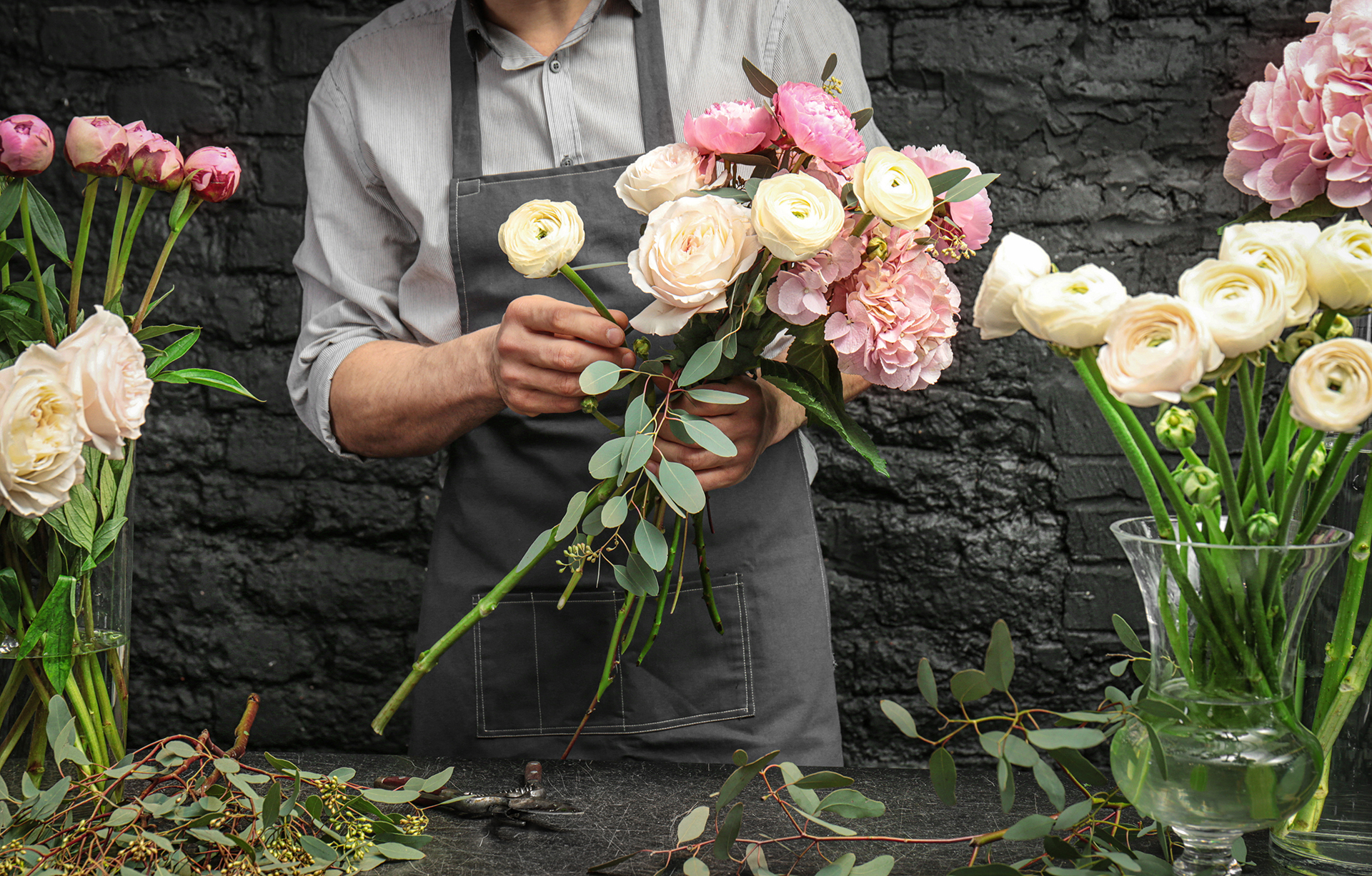
Keep it Rosy: Eco-friendly Florals
by Natalie Bencivenga
May 17, 2022
Who doesn’t love receiving a box of blooms in the mail? Is there anything more romantic than coming home to flowers wrapped in a ribbon, or treating yourself to a bouquet of fresh flowers? They brighten up every hallway, every kitchen table, and look pretty in the bathroom or bedroom, as well.
But the environmental impact of flowers isn’t so sweet. In fact, while the fresh-cut flowers business may be booming — to a tune of $55 billions dollars a year — how we receive those flowers costs even more to the people who produce them and the environment, as well. Because of the amount of water and pollutants used to grow flowers, they can generate serious carbon emissions because of long-haul transport and refrigeration needs. In fact, in 2018, Valentine’s Day flowers grown in Colombia and flown to US airports produced some 360,000 metric tons of CO2, according to estimates by the International Council on Clean Transportation. To put that into perspective, that’s roughly equivalent to 78,000 cars driven for one year.
So what can we do? Follow these eco-friendly tips to reduce the environmental impact of cut flowers:
- Shop local. Local flower shops require less travel time, less refrigeration and support local businesses.
- Buy blooms that are in season.
- Try sharing plants instead of fresh-cut flowers.
- Keep it foam free.
- Wrap them in recycled ribbon or other recycled materials.
- Keep your floral arrangements smallish.
- Try the dried flower trend.
- Ask your florist if they use ethically and sustainably-sourced flowers.
- Bring your own vase when you go to pick up flowers.
- Start your own pollinator-friendly garden (even if it’s a side porch with a few potted

Leave A Comment